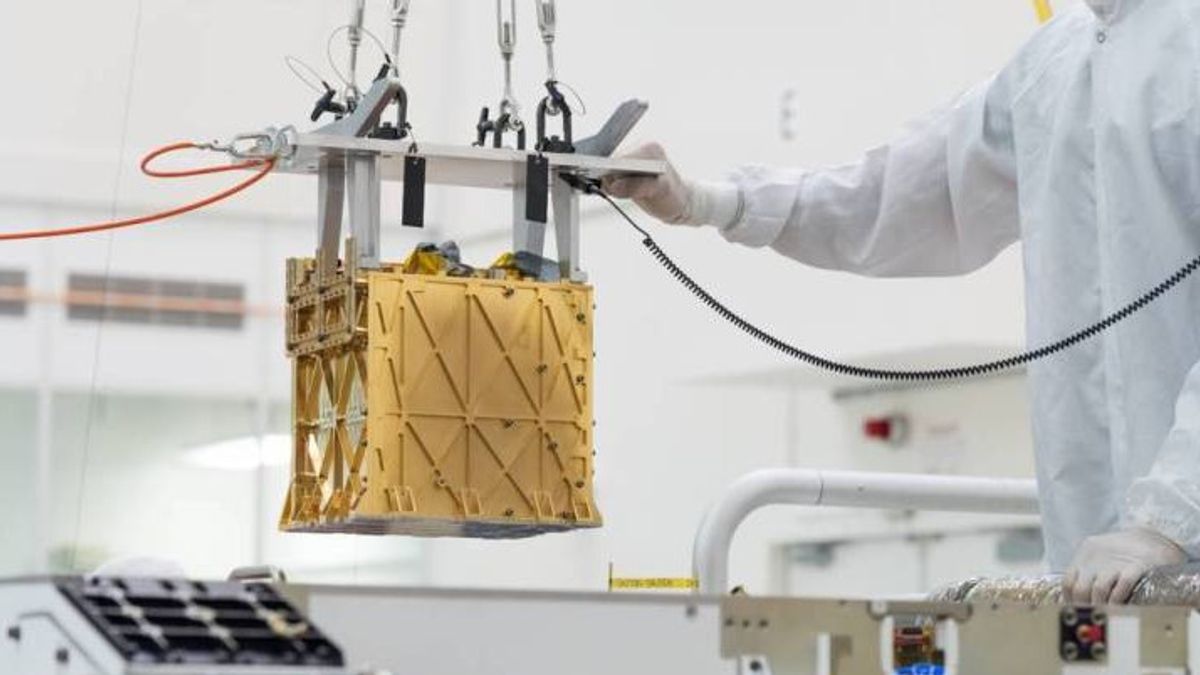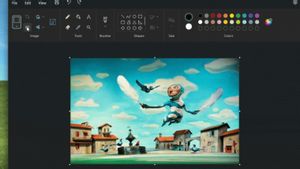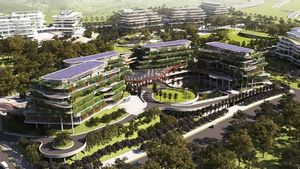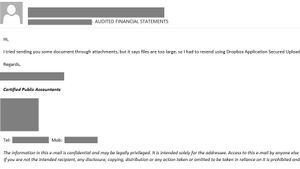
JAKARTA - The American Aeronautics and Space Administration (NASA) has succeeded in making oxygen on Mars, thanks to the collection of carbon dioxide from the planet.
The Mars Oxygen In-Situ Resource Utilization Experiment (MOXIE) instrument on board the Perseverance rover succeeded in taking carbon dioxide from the Martian atmosphere and converting it into oxygen. After 16 successful runs, the experiment is now complete.
Since Perseverance landed on Mars in 2021, MOXIE has produced a total of 122 grams of oxygen, equivalent to the amount a small dog inhales in 10 hours.
At its most efficient, MOXIE is capable of producing 12 grams of oxygen per hour, twice as much as NASA's initial target for the instrument at a purity of 98 percent or better.
During its 16th operation on August 7, the instrument produced 9.8 grams of oxygen. MOXIE successfully completed all its technical requirements and operated in a variety of conditions throughout an entire Martian year, allowing instrument developers to learn a great deal about the technology.
"MOXIE's impressive performance shows that it is possible to extract oxygen from the Martian atmosphere - oxygen that could help supply breathable air or rocket fuel for future astronauts," said NASA Deputy Administrator Pam Melroy, in a statement, quoted on Monday, September 11.
"Developing technologies that allow us to use resources on the Moon and Mars is critical to establishing a long-term lunar presence, creating a robust lunar economy, and allowing us to support early human exploration campaigns to Mars," he added.
MOXIE produces molecular oxygen through an electrochemical process that separates one oxygen atom from each carbon dioxide molecule pumped from Mars' thin atmosphere.
As those gases flow through the system, they are then analyzed to check the purity and quantity of oxygen produced.
While many of Perseverance's experiments address the mission's primary science goals, MOXIE focuses on future human exploration with the first demonstration of technologies humans could use to survive and leave the Red Planet.
관련 항목:
Oxygen-generating systems could help future missions in a variety of ways, but most importantly as a source of rocket propellant, which will be needed in industrial quantities to launch rockets with astronauts on their journey home.
Rather than bringing large amounts of oxygen to Mars, future astronauts could live on land using materials they find on the planet's surface to survive.
This concept, called in-situ resource utilization or ISRU, has developed into a field of research. MOXIE itself was created by researchers at the Massachusetts Institute of Technology (MIT).
MOXIE principal investigator Michael Hecht will create a full-scale system that includes an oxygen generator like MOXIE and a way to liquefy and store that oxygen. More than that, Hecht wants to see other technologies applied to Mars.
“We have to make decisions about what things need to be validated on Mars. I think there are a lot of technologies on that list; "I'm very happy that MOXIE will be the first," said Hecht.
The English, Chinese, Japanese, Arabic, and French versions are automatically generated by the AI. So there may still be inaccuracies in translating, please always see Indonesian as our main language. (system supported by DigitalSiber.id)

















